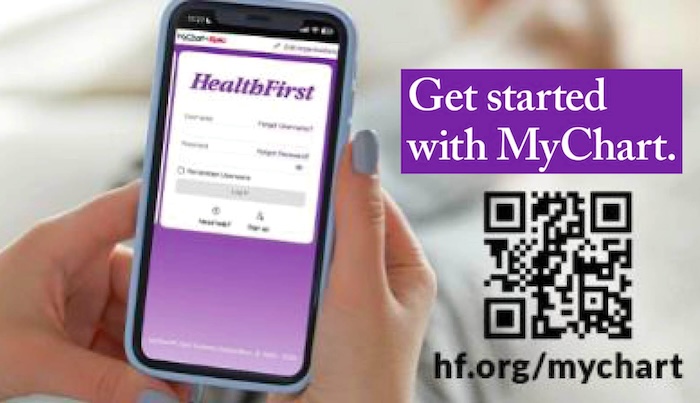Top SEO Strategies To Boost Keywords Ranking
By Space Coast Daily // June 5, 2022

The vast majority of people spend all their energy on keywords. Despite all the keyword optimization efforts, you still are not getting the desired results. You should now start to think of other strategies that can improve your keyword ranking.
Drive more visitors
Keyword ranking is the ranking of your website in search engines based upon keywords. This can have a significant impact on web traffic. You must drive more traffic to survive in this highly competitive market. Let’s look at some SEO techniques that will give you more power using catchwords.
1. Website that is strong
Strong websites will be noticed even if there are many other sites. Blogs should be written so that they generate more traffic. Hire the Best SEO Services from Quality Guest Post to stay ahead of the curve.
2. Do initial research
Don’t rely on your instincts when selecting keywords. Use several Catchword tools to get an idea of the search volume for your catchword. Consider the competition before finalizing the keyword.
3. Keep in mind about good volume
Avoid choosing a catchword with a low search volume. However, you should not target catchwords that have the lowest volume. These keywords could be very competitive. These keywords are not worth your time.
4. Relevant to the target audience
It should be relevant for your business. This strategy will help you achieve higher rankings. Take a look at these websites from top SEO companies in India.
5. Learn more about your competitors
Keep an eye on the competition. You can use plugins to check the age of different sites within the top ten. It is important to think about ways you can be different from your competitors. This will allow you to differentiate yourself from your competitors.
6. Measurement of the searcher’s intent
Long-tail keywords are what you should be using. These phrases are three to four words that are used to refine search queries. These phrases are useful in cases where the searcher is searching for something particular.
7. Conceptualization of the concept
Plan the content you want to create. Start thinking about how much time is needed to write that content. You should establish a budget and, if necessary, use tools like the mortgage calculator.
8. Execution
It’s a smart idea to not rush through any of these steps. Focus on quality content that will help users. Avoid cluttered pages with ads and catchy words.
9. Optimization
Instead of applying this technique after the fact, redirect your efforts to optimize your content during its creation. These terms should be used in your content.
10. Publicize and promote
It is now time to spread the word about the product. Coordinate with the public relations department or other involved parties at this point. Promotional activities can be done through different social media platforms.
Analyze the Situation
Now you can manually check your keyword rank. This can be done with rank-checking tools. Analytics can help you determine the catchwords that rank your content. If you only find a few words that don’t work, then you can try other keywords.
Use Internal Links
Google takes into account the time you spend on a page when ranking your website. Another similar metric is time spent on your entire site. This is another important ranking factor in Google’s algorithm.
Your website will lead users further down the funnel the longer they stay there. It also signals search engines that your content has high quality and is relevant.
Every blog post should contain at least 2-5 links to internal resources. Most people spend equal time on internal and external linking strategies.
These are the two most important steps to increase time on your website.
write engaging, in-depth content
Link to pertinent internal content
Linking to internal content will drive users deeper into your site. This will increase the likelihood of users engaging with your content in meaningful ways, which is a benefit to SERP rankings.
Here are some tips for building and using internal links
You should choose pages that have additional content relevant to the topic your user has found you.
Anchor text should sound natural and encourage users to click to the next page.
Avoid generic anchor text such as “click here” and “read more”. Google will index your page if you use more descriptive anchor text.
It is a good rule of thumb to ensure that the most important pages are located at least three clicks away from the homepage.












